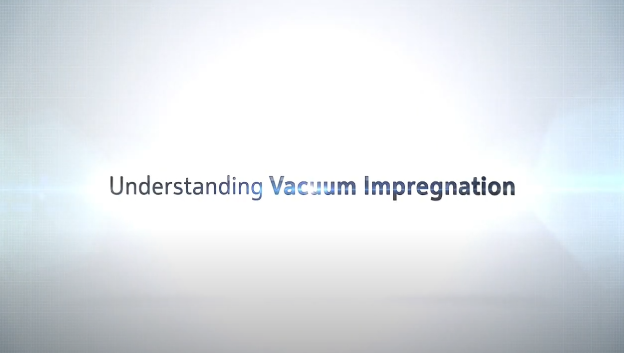A commonly asked question is “What size of porosity can vacuum impregnation seal?” What seems like a simple, straightforward question is actually a complicated one. This blog will address the topic by describing the basics of die casting porosity, and what vacuum impregnation will seal.

Porosity
While some refer to porosity as a defect, it occurs naturally and is found in most materials, both man-made and in nature. In metal castings, porosity is typically considered any void found in the casting. Casting porosity can be caused by gas formation or solidification while the metal is being moved from a liquid state to a solid state. This porosity can range in size, from sub-micron to voids greater than 10 mm, depending on the casting.
Metal casting porosity can affect the part’s structural integrity, creating a failure point. Porosity can also prevent the part from being pressure tight. This will impact performance if the part is designed to hold gases or fluids.
What Does Vacuum Impregnation Seal?
Vacuum Impregnation is a process that seals metal casting porosity. Specifically, it seals the internal, interconnecting path of porosity, which breaches the casting wall. The process is not a surface treatment, so it does not seal open pores found on the casting surface. Nor is it intended to seal casting structural defects such as cracks or open knit lines.
Understanding Die Casting Porosity
It’s difficult to pinpoint a generic porosity range that vacuum impregnation seals because, generally speaking, one pore does not cause a leak path. A leak path is created through a series of interconnected pores. For example, a breach caused by a 5mm pore interconnected with a series of smaller pores will be easily sealed (Figure 1).
Figure 1: This sectioned casting shows a 5 mm pore that is interconnected to a series of smaller pores. Vacuum impregnation can seal this leak path.
Conversely, if the same 5mm pore breaches a 5mm wall it will be difficult, if not impossible, to seal as there is little casting material for the sealant to adhere (Figure 2). A pore of that nature has characteristics similar to surface porosity which is not a candidate for sealing through vacuum impregnation. The large open pore breaches the both casting walls and is sometimes called “see through” porosity. One needs to view the porosity in three dimensions to see how it is interconnected, not simply analyze individual pores.

Figure 2: Vacuum impregnation will not seal this surface porosity. There is not enough casting material for the sealant to adhere.
In Summary
The wide range of casting parameters creates a limitless array of shapes and sizes of porosity possibilities. Despite this, vacuum impregnation can seal porosity of any size. While vacuum impregnation can seal porosity of any size, it is important to realize that the leak path is the key characteristic to evaluate and not pore size. A leak path is created through a series of interconnect pores, and not a single pore. Instead of asking “What size of porosity can vacuum impregnation seal?” one should ask “Can vacuum impregnation seal the leak path?”
A future blog will discuss the topic of leak rates.


